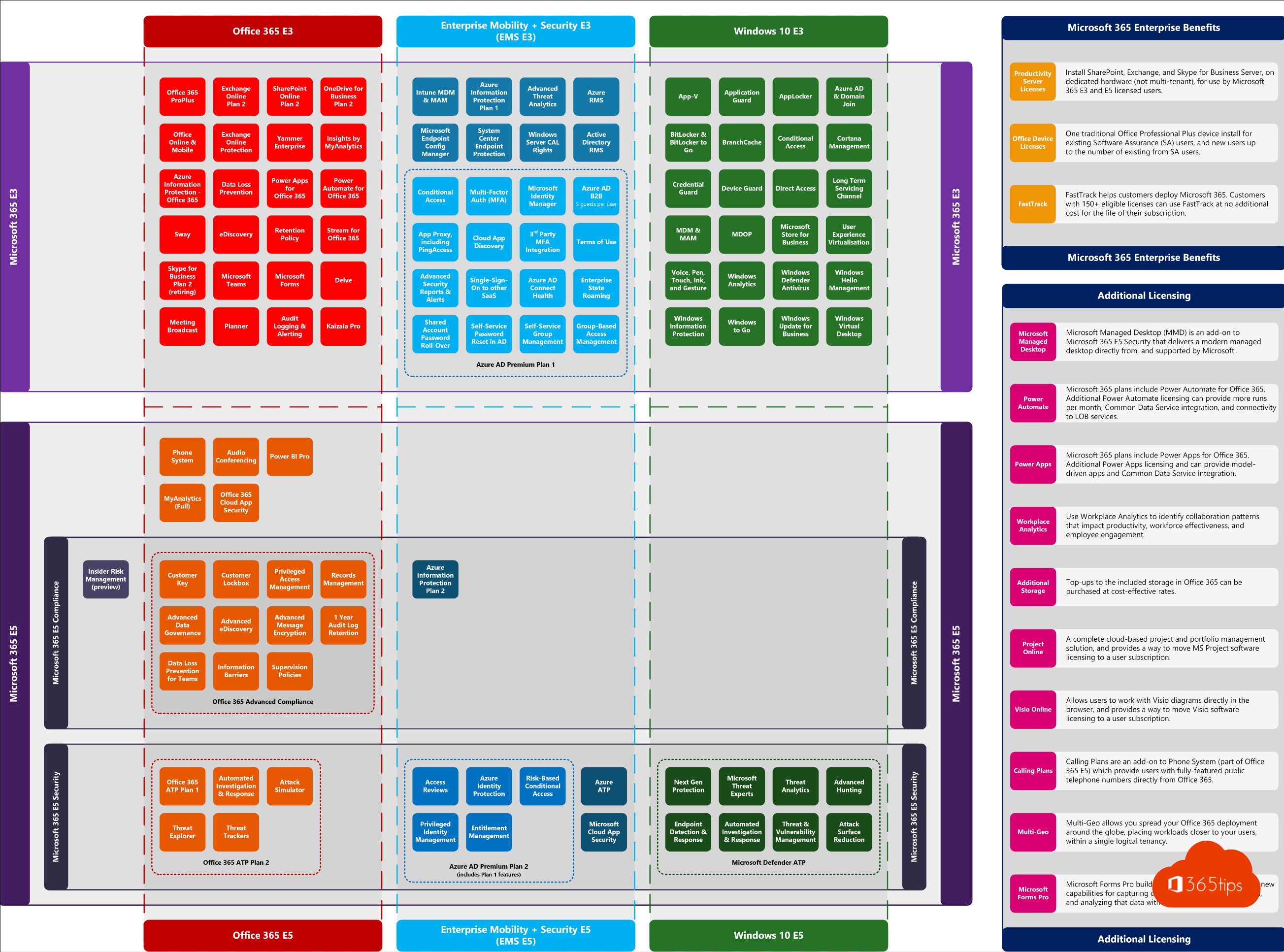

You can of course do the same thing with PowerShell, using the enable-mailbox command: Using PowerShell to enable Online Archive Remember, this options vary depending on the Exchange Online plan the mailbox is subscribed for. Selecting that will show you a window providing details of the mailbox.

Users can drag and drop items into the archive folders and email policies (user and organizational) can now utilize that folder.Īs an administrator, if you again look at the mailbox, under in-place archive you will see an option View Details. You can enable the in-place archive using the Exchange admin portal or using PowerShell. With Exchange Plan 1 the total size of the Inbox combined with the in-place archive cannot exceed 50GB. For example, in Exchange Online Plan 1 you could have a 25GB Inbox and a 25GB Archive, or a 10GB Inbox and 40GB archive. Plans that have Exchange Online Plan 1 (Business, and E1) have a current limit of 50GB of storage between the Inbox and the Archive. Plans that include Exchange Online Plan 2 (E3, E4) have an unlimited archive.Other versions of Outlook will not display the archive folders even though they may be present and enabled. The in-place archive folders are only visible with the Outlook version in the Professional Plus product.They are never synced to a desktop as the Inbox is. The in-place email archive contents are stored ONLY in the cloud.An administrator must enable it before it can be accessed. By default, on all plans, the in-place email archive is disabled for all users.Every Exchange Online plan (except Kiosk plans) have the ability to have an in-place email archive.There are some important things that should be pointed out when it comes to this in-place archive: A big point of confusion with people and Exchange in Office 365 is around the concept of the email in-place archive.


 0 kommentar(er)
0 kommentar(er)
